The little clause on home insurance that few read (and it’s a mistake)
Home insurance, this essential protection we all take out for our homes, often contains crucial details that most policyholders fail to read carefully. These small lines, sometimes reported at the end of the contract or in the annexes, can however have important consequences in the event of a catastrophe. Although more than 95% of French people have home insurance, only a minority truly know the extent and limits of their coverage. Let’s examine together these clauses which are often ignored but which can radically change the management of your claims.
One of the most important and yet regularly overlooked clauses concerns the deadline for reporting after a disaster. Most home insurance contracts impose a strict deadline for reporting any incident, generally between 2 and 5 business days depending on the nature of the loss. This period is often shortened to 2 days in the event of a theft or break-in and can be up to 10 days for some water damage.
Unfortunately, many people discover this constraint too late. A delay in reporting can lead to serious consequences, ranging from a reduction in the amount of compensation to a total denial of coverage by the insurer. This situation can occur in several specific cases: if you do not have an important reason justifying your delay, if your contract clearly mentions a forfeiture clause in case of delay or if this delay has caused financial damage to the insurance.
The legal prescription and its implications
Beyond contractual deadlines, there is an even more restrictive legal framework. French law is very clear: you have a limitation period of maximum two years from the date of the loss to assert your rights. After this deadline, even the most legitimate claim can no longer be taken into consideration by your insurer.
This legal restriction also applies in cases where hidden damage is discovered late. In these cases you can still make a declaration, as long as you demonstrate that you were unable to notice the damage beforehand, which is not always easy to prove.
External dependencies, this artistic blur
Another often overlooked clause concerns the coverage of outbuildings outside the main house. Basements, garages, garden sheds, warehouses… Are these spaces really covered by your standard home insurance?
The external dependency clause
The answer is not as simple as you might think. Your home insurance can sometimes cover these spaces, but it all depends on the specific terms of the contract and the situation. For a storage room or garage to be covered, a number of conditions must generally be met: it must be located close to the insured accommodation, it must be declared as an annex and there must be a specific clause in the contract covering external outbuildings.
This clause is especially important if you own or rent:
- A garage separate from your main house
- A cellar in a collective building
- A warehouse near your home
- A garden shed or shed
Without this clause, these spaces and especially their contents cannot be covered in the event of fire, theft or flood.
Geographical distance, a determining criterion
A crucial element that few policyholders take into consideration is the geographic distance between their primary home and these outbuildings. A garage rented in another city, or too far from your home, generally won’t be covered by your standard home insurance. Conventional home insurance often also excludes public or shared places.
Likewise, the type of goods stored in these outbuildings can affect their coverage. Family clothing or furniture are generally accepted, but professional equipment or high-value items almost always require specific protection, or even an explicit extension of the warranty.
Insurance formulas and their hidden limits
When taking out home insurance, we are often attracted to cheap plans that promise low-cost coverage. However, these formulas have substantial limitations that are not always clearly explained at the time of subscription.
The differences between the different formulas
Let’s take the example of the offers of some insurers such as MAAF, which offers various home insurance packages. The Eco formula, intended for small budgets, only covers the mandatory minimum: your civil liability, your rental liability and your basic personal assets. This formula may seem attractive to a young employee starting out in professional life, but it has many limitations.
At the other extreme, the Comfort+ formula offers optimal coverage with maximum guarantees designed specifically for owners. Between these two extremes, intermediate plans like Essential and Comfort offer different levels of protection, with the ability to add options to meet specific needs.
Specific exclusions of economic formulas
What many don’t know is that economic formulas often include important exclusions:
- Reduced limits for compensation of valuables
- No guarantee against some types of water damage
- Limited coverage in the event of a natural disaster
- Higher deductibles
- No warranties for electronic equipment or appliances
These exclusions can represent a significant savings on your insurance premium, but they can also turn into a financial nightmare in the event of a major loss.
Valuable goods, this gray area of contracts
A particularly problematic clause concerns the coverage of values. Most standard home insurance policies have indemnity limits for these items, often expressed as a percentage of the total insured value.
The specific declaration of precious objects
Jewellery, silverware, works of art, collections, luxury watches… These items generally require a specific declaration and sometimes even an extended warranty. Without this precaution, after a theft you may find that your watch collection valued at €15,000 is only covered up to €2,000 under the terms of your standard contract.
To avoid this situation it is essential:
- Take a detailed inventory of your valuable possessions
- Keep invoices and certificates of authenticity
- If necessary, have your items appraised by an expert
- Declare these items specifically to your insurer
- Sign an appropriate extended warranty
This process may seem tedious, but it is essential to ensuring correct compensation in the event of an accident.
Civil liability guarantee, this underrated protection
Among the important clauses often overlooked is the one regarding civil liability. This warranty, included in all home insurance, protects against damage you may unintentionally cause to others.
The actual extent of coverage
Liability coverage covers numerous everyday situations: a flower vase falling from the balcony and injuring a passerby, your child accidentally breaking an object at a friend’s house, your dog biting a visitor… But its precise scope varies greatly from one contract to another.
Some contracts exclude, for example:
- Damage caused by the practice of some sports
- Accidents involving some dog breeds considered dangerous
- Damage caused to borrowed or rented property
- Damage caused intentionally
These exclusions can have serious financial consequences if you find yourself responsible for significant damages not covered by your insurance.
Specific insurance for students, a special case
Students represent a category of insured people with specific, often poorly understood, needs. Home insurance offers for students, such as that of Crédit Mutuel starting from 7 euros per month, seem attractive but have important particularities.
Protections suitable for small surfaces
These contracts are specifically designed to cover small rented or shared surfaces, typical of student accommodation. They generally offer basic coverage suited to this type of accommodation and student lifestyle.
However, these economic formulas often have important limitations:
- Reduced compensation limits
- Limited coverage for electronic equipment
- Restrictions on the number of occupants in shared accommodation
- Higher deductibles
Students should pay particular attention to covering their electronic equipment (computers, tablets, smartphones), which are often their most valuable and vulnerable assets.
What to do to avoid unpleasant surprises?
Faced with these many often overlooked clauses and restrictions, how can we ensure we are adequately protected? Here are some essential recommendations for all insured people.
Read the general conditions carefully
The first and most obvious recommendation is to take the time necessary to fully read the general conditions of your insurance contract. This document, often long and technical, contains all the information relating to guarantees, exclusions, compensation limits and procedures to follow in the event of an accident.
Pay particular attention to the sections regarding:
- Deadlines for declarations
- Compensation procedures
- Warranty Exclusions
- Compensation ceilings
- Applicable deductibles
This information will allow you to precisely understand the extent of your coverage and avoid unpleasant surprises in the event of an accident.
Adapt your contract regularly
Your situation evolves, and your home insurance needs to evolve with it. A move, the acquisition of a new property, the carrying out of urbanization works, the arrival of a pet… All these changes may require an adjustment to your insurance contract.
Don’t hesitate to contact your insurer to take stock of your coverage and update it if necessary. This proactive approach will help you avoid situations where you discover, after a disaster, that your contract was no longer suited to your current situation.
In conclusion, home insurance is a complex contract whose most important clauses are often the least read. Taking the time to understand these clauses and tailor the contract to your specific needs can save you a lot of disappointment in the event of a claim. Remember that price should not be the only criterion of choice: coverage adapted to your personal situation is an investment that can prove extremely valuable in the event of an unexpected event.
latest posts published

How to set up a wardrobe in your apartment: tips and advantages
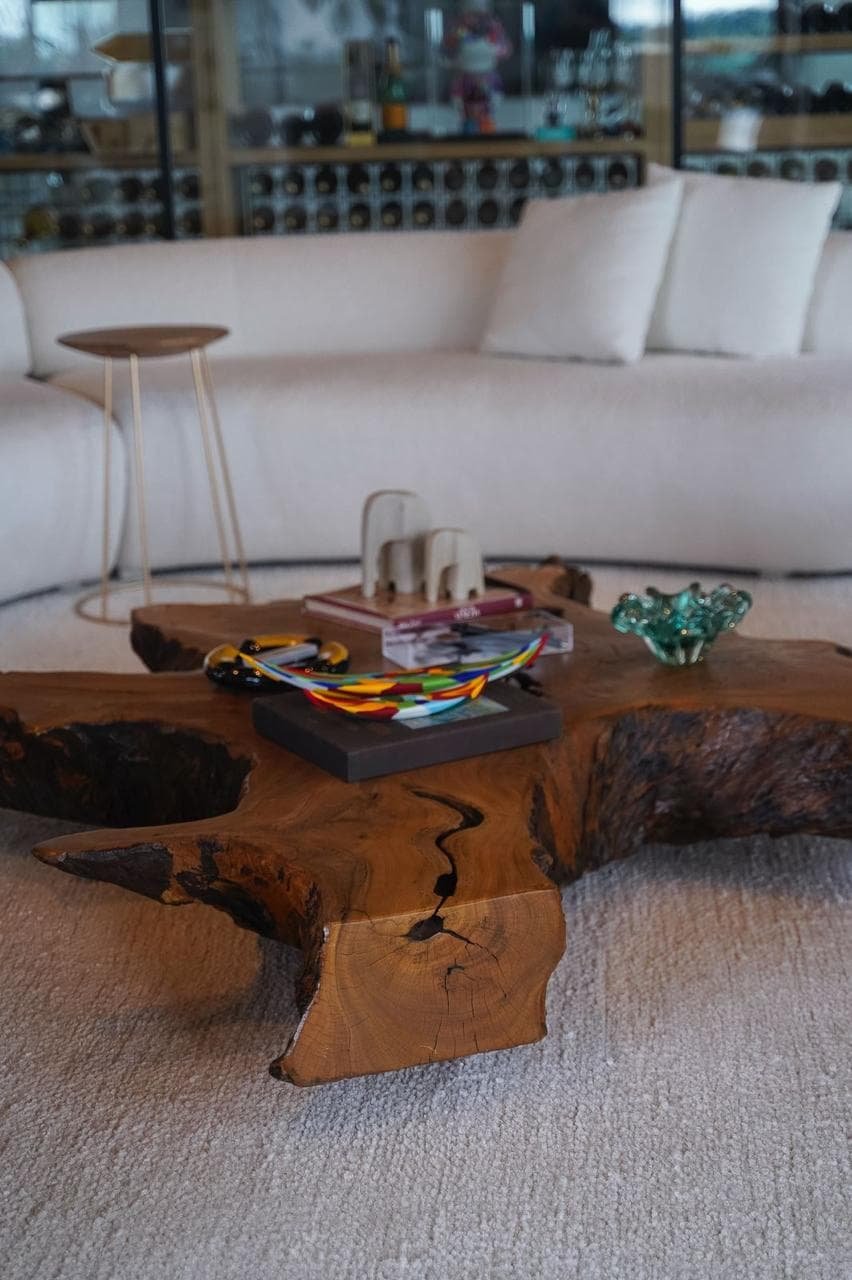
Discover the sophisticated furnishings of Progetto Decor
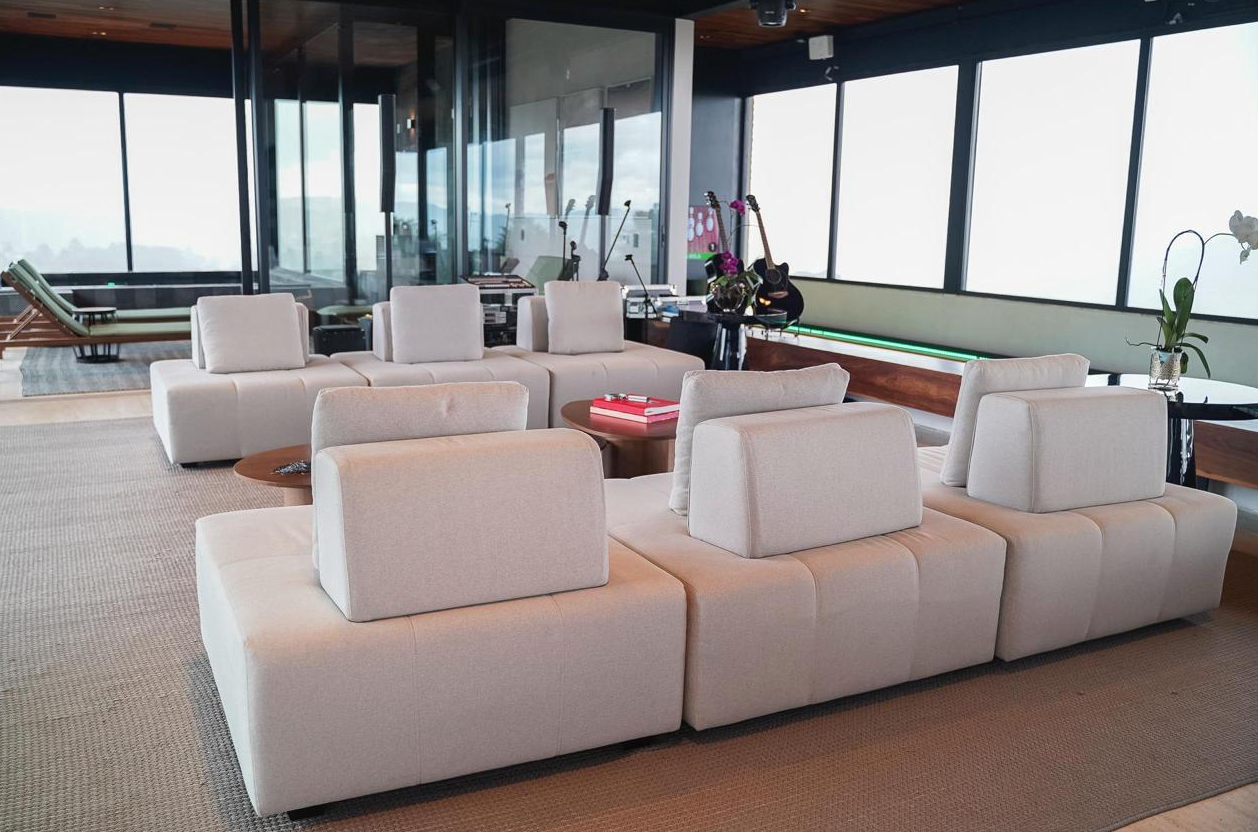
Luxury design: the balance between comfort, elegance and functionality

Discover the luxury furnishings of Progetto Decor

Garden in the apartment: discover the advantages
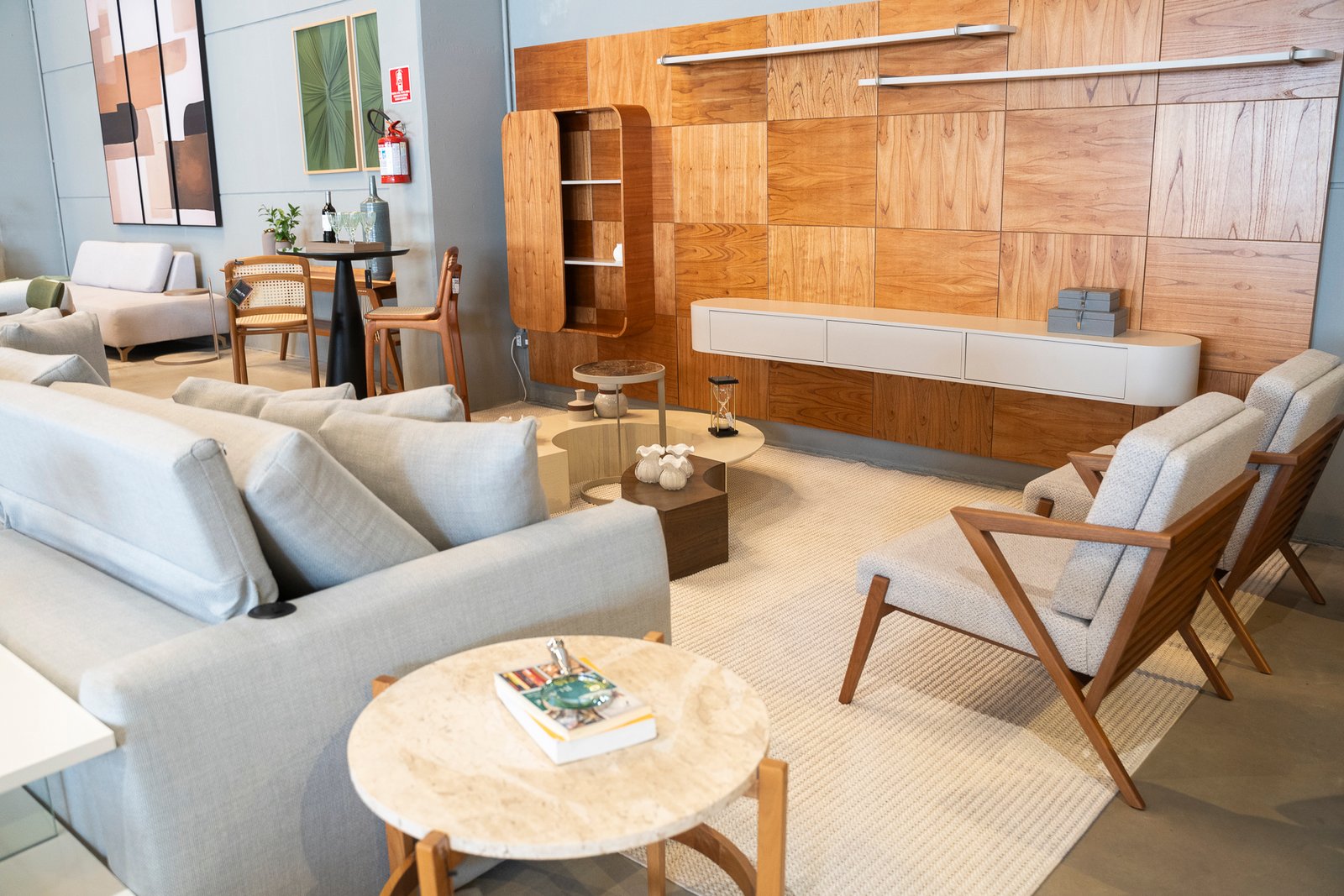
Discover Progetto Decor’s line of custom-made luxury furniture

The main tips for creating integrated environments
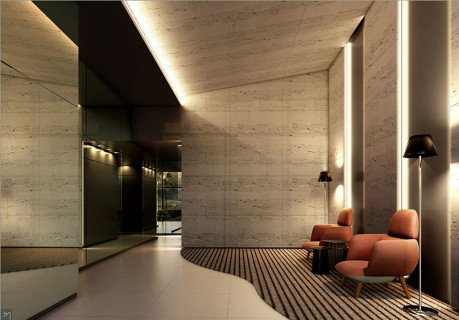
Ambient lighting tips
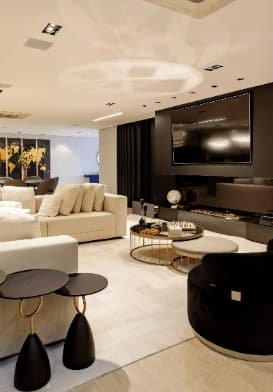
3D projects: transform spaces with luxury and innovation


